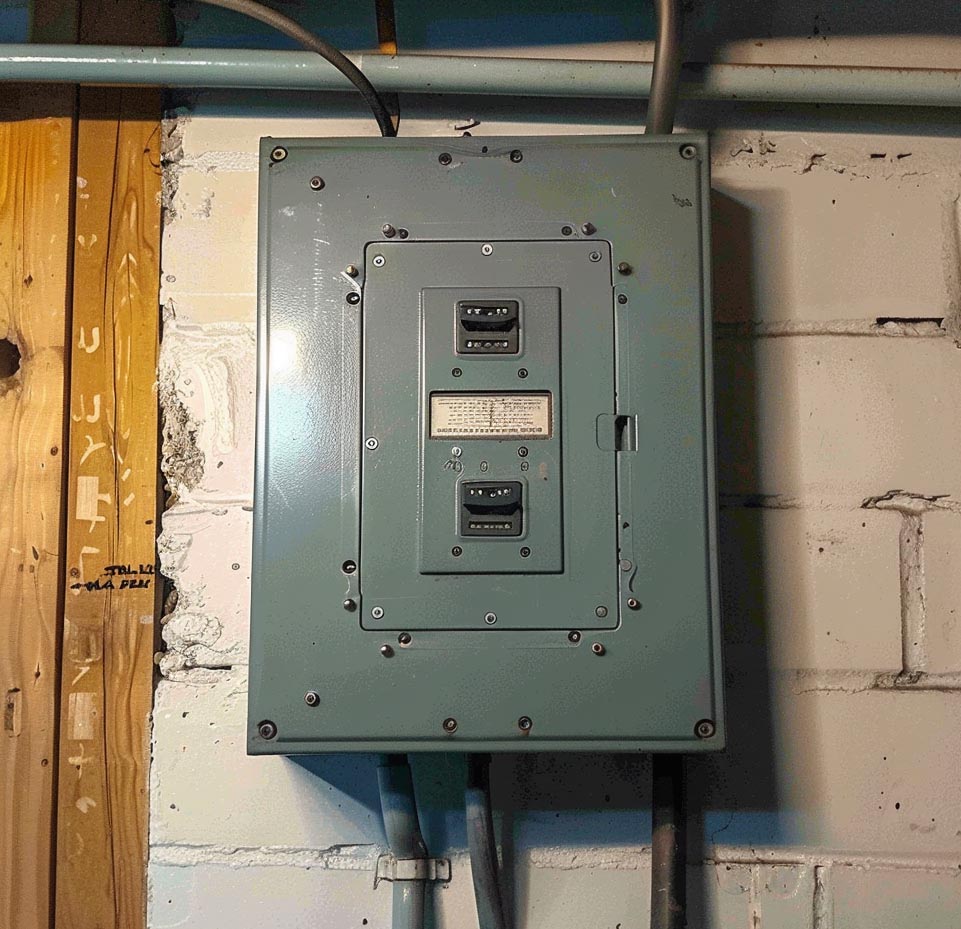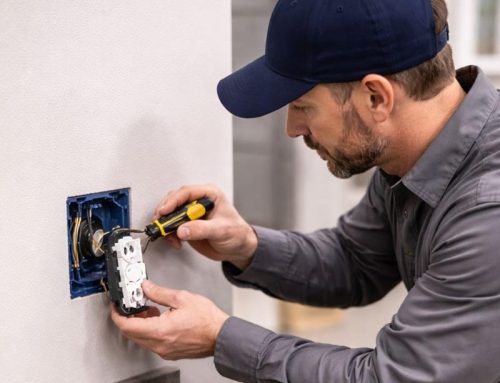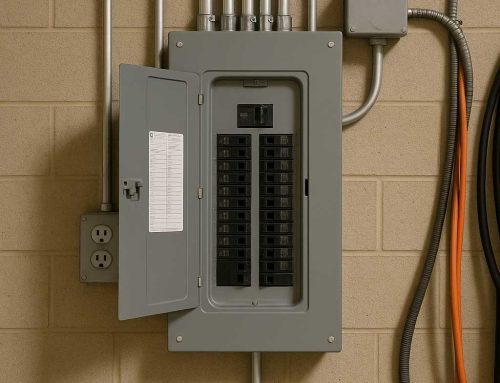When it comes to the safety and functionality of your home, passing an electrical inspection is critical. Electrical inspections are designed to ensure that all wiring, components, and electrical systems in your home meet safety standards and regulations. Whether you’re preparing to sell your home or simply want peace of mind, here are four key steps to help your home pass an electrical inspection with flying colors.
1. Ensure Proper Grounding and Bonding
Grounding and bonding are essential for electrical safety. Grounding provides a safe path for electricity to travel in case of a short circuit, while bonding connects all metal parts in your electrical system, reducing the risk of electric shock. Check that your home’s electrical panel, outlets, and major appliances are properly grounded. If you’re unsure, a licensed electrician can verify this for you.
Tip: Outlets near water sources, such as kitchens and bathrooms, should be equipped with Ground Fault Circuit Interrupter (GFCI) outlets, which protect against electrical shock by cutting off power in the event of a fault.
2. Upgrade Outdated Wiring
Homes with outdated wiring, such as knob-and-tube or aluminum wiring, can pose serious fire hazards. If your home is older or has had electrical work done many years ago, you may need to upgrade the wiring to meet current safety standards. Replacing outdated wiring ensures that your home can handle the electrical load of modern appliances and electronics.
Tip: Hiring a licensed electrician to inspect and upgrade your wiring is a worthwhile investment that not only improves safety but also helps your home meet code requirements during an inspection.
3. Check the Electrical Panel
The electrical panel is the heart of your home’s electrical system. Inspectors will closely examine it for signs of wear, loose connections, or outdated components. Make sure that all circuit breakers are labeled correctly and that there are no signs of rust, corrosion, or burn marks inside the panel. A clean, organized panel signals that the system is well-maintained and safe.
Tip: If your panel is more than 20 years old or if you experience frequent tripped breakers, it may be time to upgrade to a newer panel that can handle the electrical demands of today’s technology.
4. Correct Overloaded Circuits
An overloaded circuit occurs when too many devices or appliances are drawing power from a single circuit, increasing the risk of overheating and electrical fires. Before the inspection, take a look at how your home’s circuits are set up. Avoid using too many extension cords or power strips, and ensure that high-demand appliances (like HVAC systems or refrigerators) have dedicated circuits.
Tip: If you find that circuits are frequently overloaded, consider hiring an electrician to install additional circuits to evenly distribute the electrical load throughout your home.
Conclusion
By taking these steps to ensure proper grounding, upgrading outdated wiring, maintaining your electrical panel, and avoiding overloaded circuits, you can confidently approach your next electrical inspection. Regular maintenance and proactive upgrades not only help you pass inspection but also enhance the safety and efficiency of your home’s electrical system.
For professional help in preparing your home for an electrical inspection, contact a licensed electrician who can assess and address any potential issues before the inspector arrives. Passing your inspection is just the beginning—it’s also about ensuring the long-term safety and reliability of your home’s electrical system. Contact Eric Gandler of Clifton Park for help.




